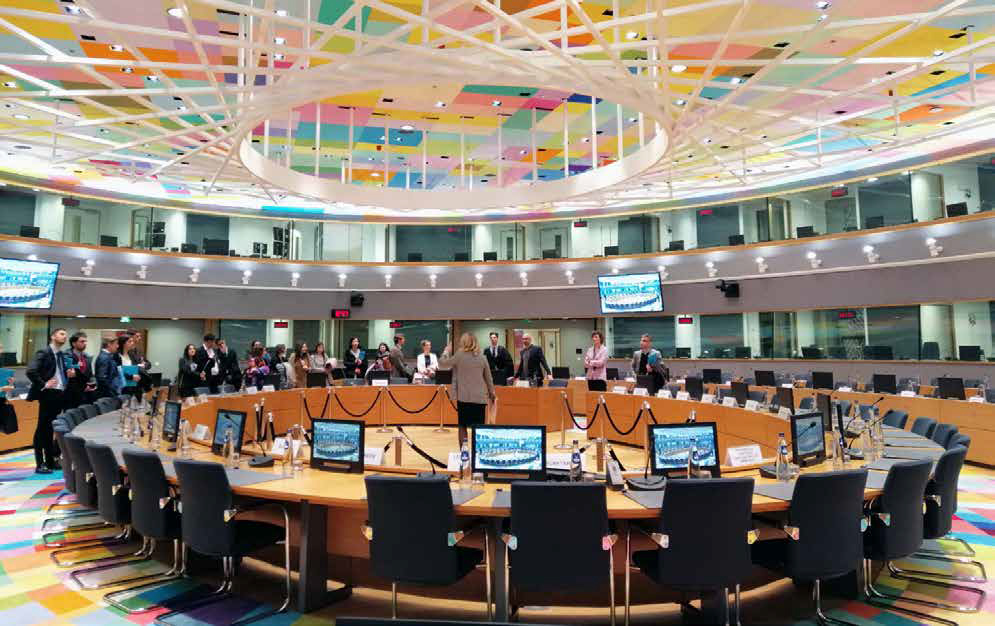José Luis Pacheco
It may not be very important, but it is telling about the lack of knowledge of European affairs by the media sphere (and consequently public opinion).
Many papers, including some commonly considered as a reference have noticed that the election of the President of the European Council is made by this body deciding by qualified majority. The same applies to the nomination of the candidate for President of the Commission and with the election of the High Representative Union for Foreign Affairs and Security Policy. So far so good. But then they add that this means the favorable vote of 55% of the member states, corresponding at least to 65% of the population of the Union. This amounts to 15 Member States (without taking into consideration the population factor).
It is wrong!
That is the qualified majority required when the Council or the European Council decide on the basis of a proposal from the Commission. But in this case there is no proposal from the Commission. It is member states themselves who propose names to the nominations. In such cases, when the decision is not taken on the basis of a proposal from the Commission, the qualified majority requires the favorable vote of 72% of the member states, representing at least 65% of the population of the Union. This means 20 member states (quite a difference as compared to 15). It results from art. 15(6) TUE and from article 235(1) TFEU, which calls for the application of art. 16(4) TUE and 238(2) TFEU to the decision-making procedure in the European Council.
It is bad enough when such mistakes can be read in prestigious papers. But it is much worse when the error can be found on the site of the European Commission itself, which serves as guide for most of the press and for citizens.


